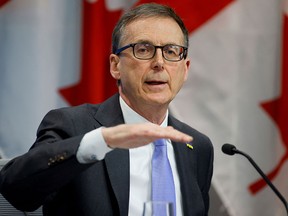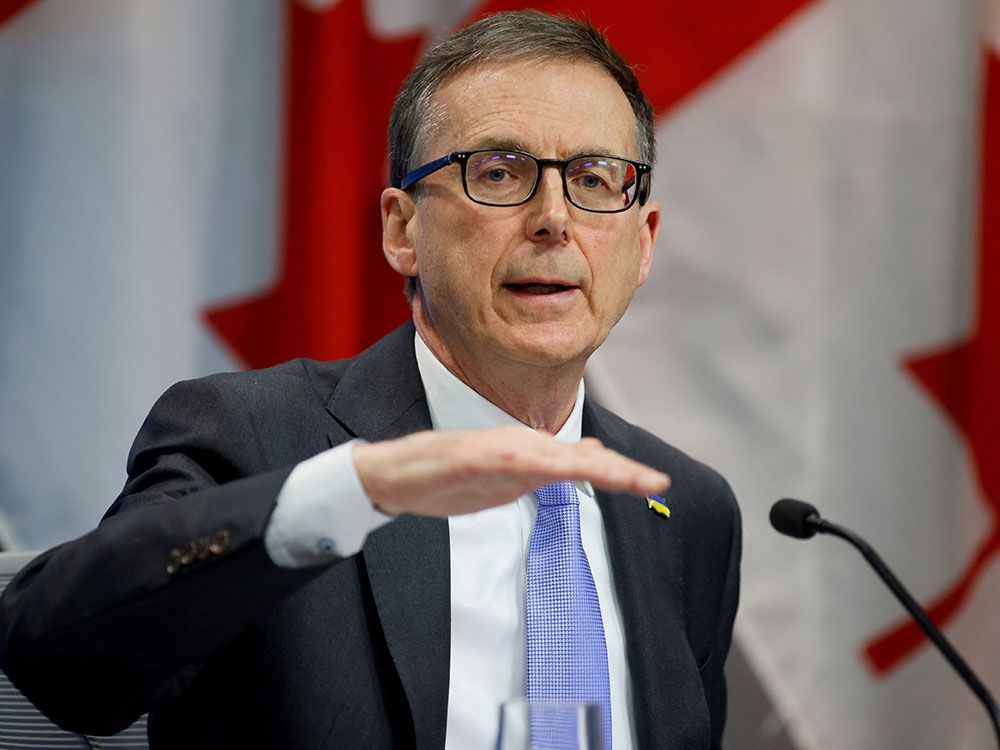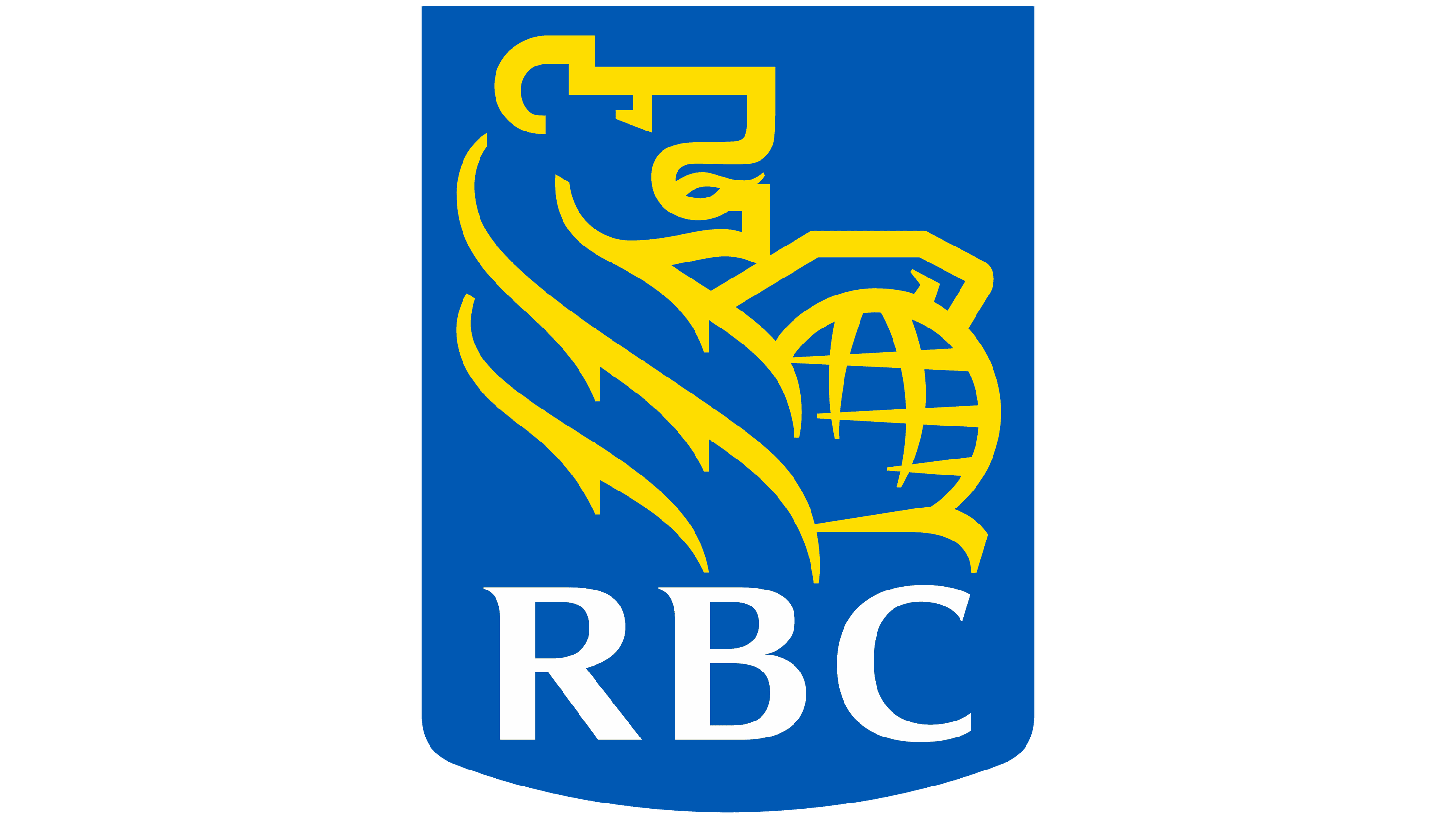70% of small business owners are feeling the pinch of higher rates

Article content

Whether you are an entrepreneur or aspiring to be one, the Financial Post would like to help by answering your questions on small business in this uncertain economy. Today, we answer a question from Dilip — When can we expect Bank of Canada rates to peak?
Advertisement 2
Article content
Article content
Rising interest rates this year have been putting pressure not only on Canadian consumers, but business owners as well.
A Canadian Federation of Independent Business poll taken after the Bank of Canada raised it key rate to 3.25 per cent in September found that seven out of 10 small business owners expect interest rate hikes to have a negative impact on their operations.
“While keeping inflation at reasonable levels is definitely an important policy goal, the rate increase comes at a time when 62 per cent of small businesses are still saddled with pandemic debt, for an average of $158,000,” said CFIB chief economist Simon Gaudreault when the poll was released earlier this month.
“Doing business in Canada is becoming too costly. Rising costs, compounded with interest rate hikes and difficulties finding staff, are putting business owners in a tough spot.”
Advertisement 3
Article content
Now small business owners are bracing for another rate hike from the Bank next week.
The Bank has already boosted the policy rate, or the central bank’s interest rate reading that informs the Canadian banking sector’s prime rates that they charge consumers, by three percentage points over the year to bring it to 3.25 per cent. How high the Bank of Canada could go in increasing this rate depends largely on the pace of inflation, which eased over the past two readings from a peak of 8.1 per cent in June to its latest 7.0 per cent headline reading in August.
The cooling headline inflation figure is a promising sign, though core inflation still remains a concern as all three of its measures remained hot, with the average of the three hitting a record high of 5.3 per cent in July – much higher than the Bank’s two per cent target. Because of this hot rate of inflation, Bank of Canada governor Tiff Macklem said his job is not done yet and reiterated the Bank’s determination to bring inflation back to balance.
Advertisement 4
Article content
During the Jackson Hole Symposium, central bankers like U.S. Federal Reserve Chair Jerome Powell suggested the Fed was ready to exchange a few quarters of economic growth if it meant putting a lid on decades-high inflation. The Bank of Canada is expected to take the same tactic.
So, where will this leave the expected policy rate in Canada when the central bank takes its foot off the gas?
Many economists put the terminal rate, or the likely rate the Bank will max out at before cutting, at four or 4.25 per cent. The Bank of Canada’s Oct. 17 business outlook survey and its accompanying survey of consumer expectations found that both businesses and consumers are expecting short-term inflation to persist and a recession to be around the corner. Despite the gloom, many economists maintained their calls for a four-per-cent peak in interest rate hikes, arguing that the findings could have been much worse.
Advertisement 5
Article content
Royce Mendes, managing director and head of macro strategy at Desjardins, said these surveys gave his team little reason to expect a terminal rate higher than four per cent at this point. Similarly, the RBC Economics team noted that an expected gloomier 2023 won’t be enough to deter the Bank of Canada from hiking rates to four per cent by the end of the year following a 50 basis point hike in late October.
“Upside surprises next week, either from little improvements in inflation expectations or a worsening reading in the actual (consumer price index), risk tilting that to a bigger 75 basis point increase,” said RBC economists Nathan Janzen and Claire Fan in an Oct. 14 note.
However, some economics teams believe the Bank could go a bit further than four per cent. The Bank of Nova Scotia’s senior vice president and chief economist Jean-François Perrault and Réne Lalonde, the bank’s director of forecasting, argued in an Oct. 17 note that the Bank of Canada would need to close out the year by raising its policy rate to 4.25 per cent, largely stemming from fiscal supports and the rapid drop in the Canadian dollar.
Advertisement 6
Article content
-

Growing debt could threaten stability as rates rise, says Bank of Canada’s Rogers
-

FP Answers: Will the Canadian dollar go up in value?
Macklem previously warned that a lagging loonie would make the Bank’s job more difficult and means they would have to work that much harder through monetary policy to ease domestic cost pressures.
Overall, economists expect rates to peak at four per cent or move modestly higher, though the path of the central bank’s rate hiking cycle will hinge on upcoming inflation data set to be released on Oct. 19. The Bank of Canada will make its next rate decision on Oct. 26, the Bank’s second-last rate decision before the end of 2022.
• Email: shughes@postmedia.com | Twitter: StephHughes95



